Black Carbon Emissions from the Siberian Fires 2019: Modelling of the Atmospheric Transport and Possible Impact on the Radiation Balance in the Arctic Region
Abstract
:1. Introduction
2. Description of Experiments
2.1. Numerical Experiments with the INMCM5 Global Climate Model
2.1.1. Description of the Model and Experiment’s Design
2.1.2. Description of the Aerosol Block of the INMCM5 Climate Model and Calculation Methods for Other BC Related Parameters
2.2. Description of the HYSPLIT Trajectory Model
3. Description of BC Emission Sources
- Lfire—amount of BC emissions from fire, in tons;
- A—total area burned, in ha
- MB—mass of fuel available for combustion, in tons ha−1
- Cf—combustion factor, dimensionless
- Gef—emission factor, in g kg−1 dry matter burn.
4. Numerical Experiments
4.1. Numerical Experiments with the HYSPLIT Model
4.2. Numerical Experiments with INMCM5model
4.2.1. Emissions and Atmospheric Effects
4.2.2. Changes in the Main Radiation Parameters
4.2.3. Vertical Profiles of Black Carbon
4.2.4. Effects Associated with the Deposition of BC on the Surface
5. Discussion
6. Conclusions
Author Contributions
Funding
Institutional Review Board Statement
Informed Consent Statement
Data Availability Statement
Acknowledgments
Conflicts of Interest
References
- Bond, T.C.; Doherty, S.J.; Fahey, D.W.; Forster, P.; Berntsen, T.; DeAngelo, B.J.; Flanner, M.G.; Ghan, S.; Kaercher, B.; Koch, D.; et al. Bounding the role of black carbon in the climate system: A scientific assessment. J. Geophys. Res. Atmos. 2013, 118, 5380–5552. [Google Scholar] [CrossRef]
- Lavoué, D.; Liousse, C.; Cachier, H.; Stocks, B.J.; Goldammer, J.G. Modeling of carbonaceous particles emitted by boreal and temperate wildfires at northern latitudes. J. Geophys. Res. Space Phys. 2000, 105, 26871–26890. [Google Scholar] [CrossRef] [Green Version]
- IPCC. Climate Change 2013: The Physical Science Basis. Contribution of Working Group I to the Fifth Assessment Report of the Intergovernmental Panel on Climate Change; Stocker, T.F., Qin, D., Plattner, G.-K., Tignor, M., Allen, S.K., Boschung, J., Nauels, A., Xia, Y., Bex, V., Midgley, P.M., Eds.; Cambridge University Press: Cambridge, UK; New York, NY, USA, 2013; 1535p. [Google Scholar]
- AMAP. Arctic Monitoring and Assessment Programme, Assessment 2015: Black Carbon and Ozone as Arctic Climate Forcers; AMAP: Oslo, Norway, 2015; p. vii. 116p, ISBN 978-82-7971-092-9. [Google Scholar]
- Shindell, D.; Faluvegi, G. Climate response to regional radiative forcing during the twentieth century. Nat. Geosci. 2009, 2, 294–300. [Google Scholar] [CrossRef]
- UNEP; WMO. Integrated Assessment of Black Carbon and Tropospheric Ozone; UNON/Publishing Services Section: Nairobi, Kenya, 2011. [Google Scholar]
- Koch, D.; Schulz, M.; Kinne, S.; McNaughton, C.; Spackman, J.R.; Balkanski, Y.; Bauer, S.; Berntsen, T.; Bond, T.C.; Boucher, O.; et al. Evaluation of black carbon estimations in global aerosol models. Atmos. Chem. Phys. Discuss. 2009, 9, 9001–9026. [Google Scholar] [CrossRef] [Green Version]
- Karol, I.L.; Kiselev, A.A.; Genikhovich, E.L.; Chicherin, S.S. Reducing Emissions of Short-Lived Atmospheric Pollutants as an Alternative Strategy for Slowing Climate Change; Izv. RAS Series; FAO: Roma, Italy, 2013; Volume 49, pp. 503–522. [Google Scholar]
- Huang, K.; Fu, J.S.; Prikhodko, V.Y.; Storey, J.M.; Romanov, A.; Hodson, E.L.; Cresko, J.; Morozova, I.; Ignatieva, Y.; Cabaniss, J. Russian anthropogenic black carbon: Emission reconstruction and Arctic black carbon simulation. J. Geophys. Res. Atmos. 2015, 120, 11306–11333. [Google Scholar] [CrossRef]
- U.S. EPA. Report to Congress on Black Carbon; US Environmental Protection Agency: Washington, DC, USA, 2012. Available online: http://www.epa.gov/blackcarbon/ (accessed on 26 November 2019).
- Romanovskaya, A.A.; Imshennik, E.V.; Karaban, R.T.; Smirnov, N.S.; Korotkov, V.N.; Trunov, A.A. Emissions of short-lived climatically active pollutants of anthropogenic origin on the territory of Russia for the period from 2000 to 2013. Probl. Environ. Monit. Ecosyst. Model. 2016, XXVII. [Google Scholar] [CrossRef]
- Vinogradova, A.A.; Smirnov, N.S.; Korotkov, V.N. Anomalous fires in 2010 and 2012. on the territory of Russia and the flow of black carbon into the Arctic. Opt. Atmos. Ocean 2016, 29, 482–487. [Google Scholar] [CrossRef]
- Vinogradova, A.A.; Smirnov, N.S.; Korotkov, V.N.; Romanovskaya, A.A. Forest fires in Siberia and the Far East: Emissions and atmospheric transport of black carbon to the Arctic. Opt. Atmos. Ocean 2015, 28, 512–520. [Google Scholar] [CrossRef]
- Ginzburg, V.A.; Kostrykin, S.V.; Revokatova, A.P.; Ryaboshapko, A.G.; Pastukhova, A.S.; Korotkov, V.N.; Polumieva, P.D. Short-lived climate-forming aerosols from forests fires ith territory of Russia: Model estimates of the probability of the transfer to the Arctic and possible effect on the regional climate. Fundam. Appl. Climatol. 2020, 1, 21–41. [Google Scholar] [CrossRef]
- Srivastava, R.; Ravichandran, M. Spatial and seasonal variations of black carbon over the Arctic in a regional climate model. Polar Sci. 2021, 100670. [Google Scholar] [CrossRef]
- Flanner, M.G. Arctic climate sensitivity to local black carbon. J. Geophys. Res. Atmos. 2013, 118, 1840–1851. [Google Scholar] [CrossRef]
- Sand, M.; Berntsen, T.K.; Kay, J.E.; Lamarque, J.F.; Seland, Ø.; Kirkevåg, A. The Arctic response to remote and local forcing of black carbon. Atmos. Chem. Phys. 2013, 13, 211–224. [Google Scholar] [CrossRef] [Green Version]
- James, H.; Larissa, N. Soot climate forcing via snow and ice albedos. Proc. Natl. Acad. Sci. USA 2004, 101, 423–428. [Google Scholar]
- Volodin, E.M.; Mortikov, E.V.; Kostrykin, S.V.; Galin, V.Y.; Lykossov, V.N.; Gritsun, A.S.; Diansky, N.A.; Gusev, A.V.; Iakovlev, N. Simulation of the present-day climate with the climate model INMCM5. Clim. Dyn. 2017, 49, 3715–3734. [Google Scholar] [CrossRef]
- Volodin, E.M.; Mortikov, E.V.; Kostrykin, S.V.; Galin, V.Y.; Lykossov, V.N.; Gritsun, A.S.; Diansky, N.A.; Gusev, A.V.; Iakovlev, N.G.; Shestakova, A.A.; et al. Simulation of the modern climate using the INM-CM48 climate model. Russ. J. Numer. Anal. Math. Model. 2018, 33, 367–374. [Google Scholar] [CrossRef]
- Flanner, M.G.; Zender, C.S.; Randerson, J.T.; Rasch, P.J. Present-day climate forcing and response from black carbon in snow. J. Geophys. Res. 2007, 112, D11202. [Google Scholar] [CrossRef] [Green Version]
- Volodin, E.M.; Kostrykin, S.V.; Ryaboshapko, A.G. Climate response to aerosol injection at different stratospheric locations. Atmos. Sci. Lett. 2011, 12, 381–385. [Google Scholar] [CrossRef]
- Volodin, E.M.; Kostrykin, S.V. The Aerosol module in the INM RAS climate model. Rus. Meteorol. Hydrol. 2016, 41, 519–528. [Google Scholar] [CrossRef]
- Chernenkov, A.Y.; Kostrykin, S.V. Estimation of Radiative Forcing from Snow Darkening with Black Carbon Using Climate Model Data. Izv. Atmos. Ocean. Phys. 2021, 57, 133–141. [Google Scholar] [CrossRef]
- Stein, A.F.; Draxler, R.R.; Rolph, G.D.; Stunder, B.J.B.; Cohen, M.D.; Ngan, F. NOAA’s HYSPLIT Atmospheric Transport and Dispersion Modeling System. Bull. Am. Meteorol. Soc. 2015, 96, 2059–2077. [Google Scholar] [CrossRef]
- Rolph, G.; Stein, A.; Stunder, B. Real-time Environmental Applications and Display sYstem: READY. Environ. Model. Softw. 2017, 95, 210–228. [Google Scholar] [CrossRef]
- Hoesly, R.M.; Smith, S.J.; Feng, L.; Klimont, Z.; Janssens-Maenhout, G.; Pitkanen, T.; Seibert, J.J.; Vu, L.; Andres, R.J.; Bolt, R.M.; et al. Historical (1750–2014) anthropogenic emissions of reactive gases and aerosols from the Community Emissions Data System (CEDS). Geosci. Model Dev. 2018, 11, 369–408. [Google Scholar] [CrossRef] [Green Version]
- Van Marle, M.J.E.; Kloster, S.; Magi, B.I.; Marlon, J.R.; Daniau, A.-L.; Field, R.D.; Arneth, A.; Forrest, M.; Hantson, S.; Kehrwald, N.; et al. Historic global biomass burning emissions for CMIP6 (BB4CMIP) based on merging satellite observations with proxies and fire models (1750–2015). Geosci. Model Dev. 2017, 10, 3329–3357. [Google Scholar] [CrossRef] [Green Version]
- Intergovernmental Panel on Climate Change (IPCC). Guidelines for national greenhouse gas inventories IPCC in 5 volumes. In Agriculture, Forestry and Other Land Use; Institute of Global Environmental Strategies: Hayama, Japan, 2006; Volume 4, Available online: https://www.ipcc-nggip.iges.or.jp/public/2006gl/vol4.html (accessed on 17 March 2020).
- Zamolodchikov, D.G.; Grabovskii, V.I.; Kraev, G.N. Dynamics of the carbon budget of the forests of Russia in two last decades. Forestry 2011, 6, 16–28. [Google Scholar]
- Methodology for Information and Analytical Assessment of the Forest Carbon Budget at the Regional Level. WWW.CEPL.RSSI.RU: Site of the Center for Ecology and Forest Productivity of the Russian Academy of Sciences. 2011. Available online: http://www.cepl.rssi.ru/programms.htm (accessed on 20 March 2020).
- Akagi, S.K.; Yokelson, R.J.; Wiedinmyer, C.; Alvarado, M.J.; Reid, J.S.; Karl, T.; Crounse, J.; O Wennberg, P. Emission factors for open and domestic biomass burning for use in atmospheric models. Atmos. Chem. Phys. Discuss. 2011, 11, 4039–4072. [Google Scholar] [CrossRef] [Green Version]
- Smirnov, N.S.; Korotkov, V.N.; Romanovskaya, A.A. Black carbon emissions from wildfires on forest lands of the Russian Federation in 2007–2012. Russ. Meteorol. Hydrol. 2015, 40, 435–442. [Google Scholar] [CrossRef]
- Sand, M.; Berntsen, T.K.; Von Salzen, K.; Flanner, M.G.; Langner, J.; Victor, D.G. Response of Arctic temperature to changes in emissions of short-lived climate forcers. Nat. Clim. Chang. 2016, 6, 286–289. [Google Scholar] [CrossRef]
- Najafi, M.R.; Zwiers, F.W.; Gillett, N.P. Attribution of Arctic temperature change to greenhouse-gas and aerosol influences. Nat. Clim. Chang. 2015, 5, 246–249. [Google Scholar] [CrossRef]
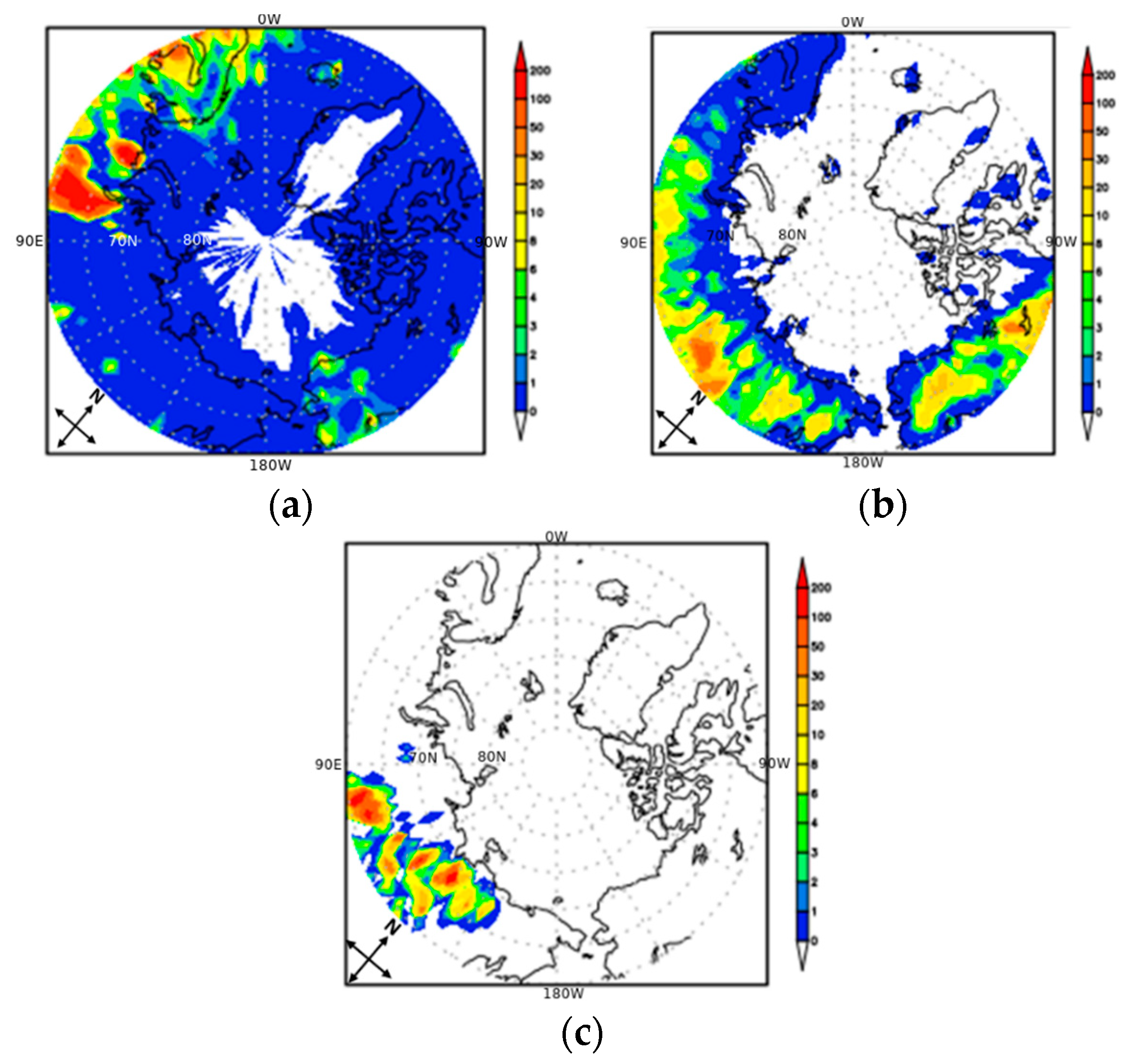
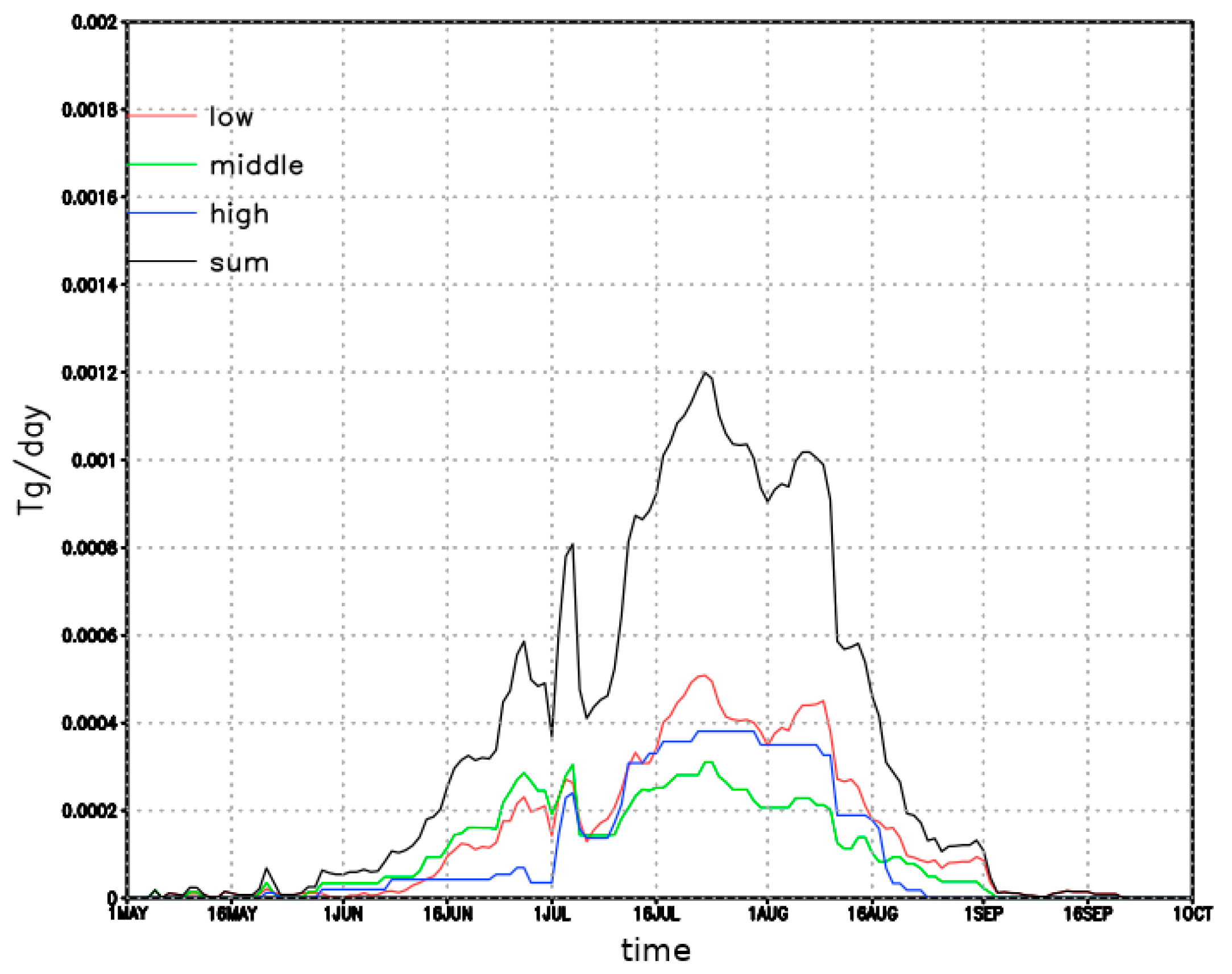
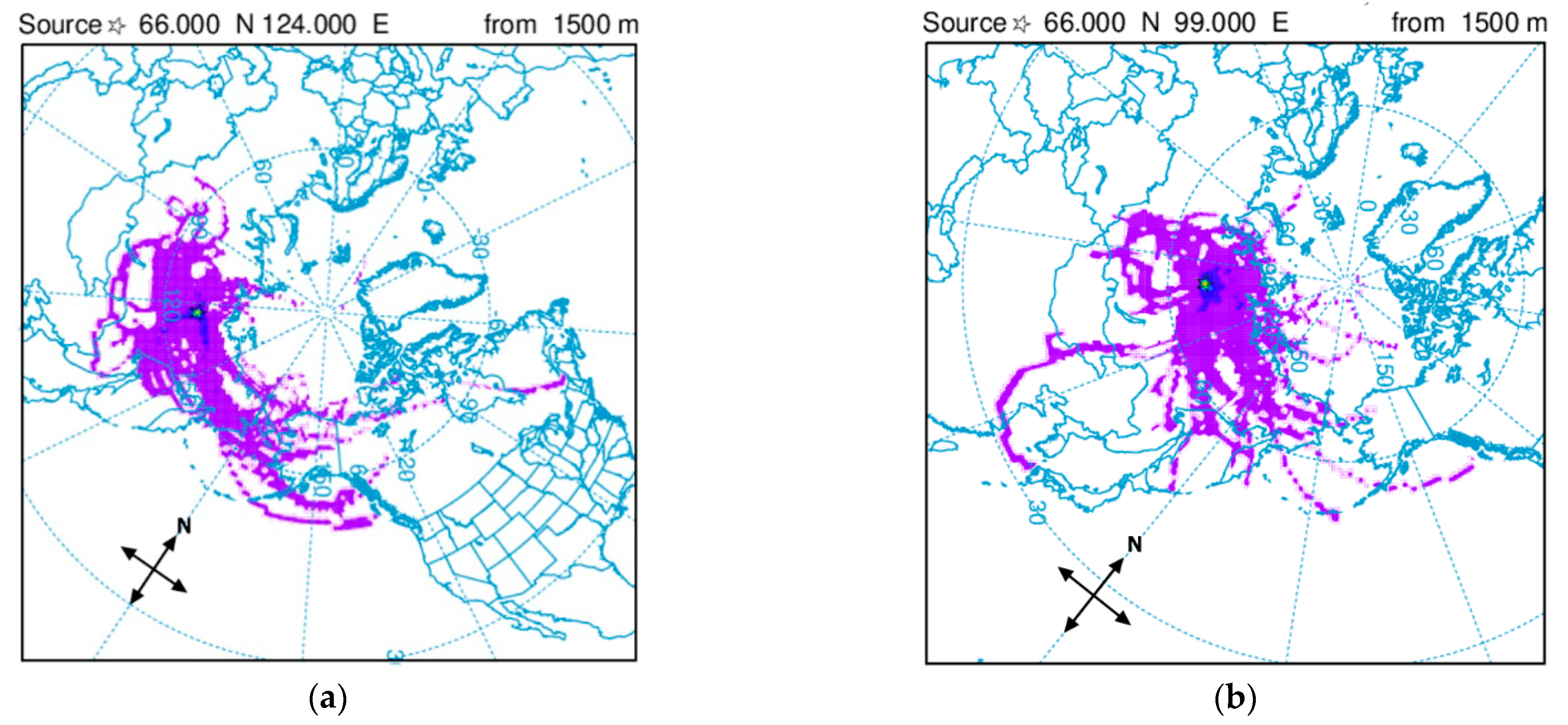
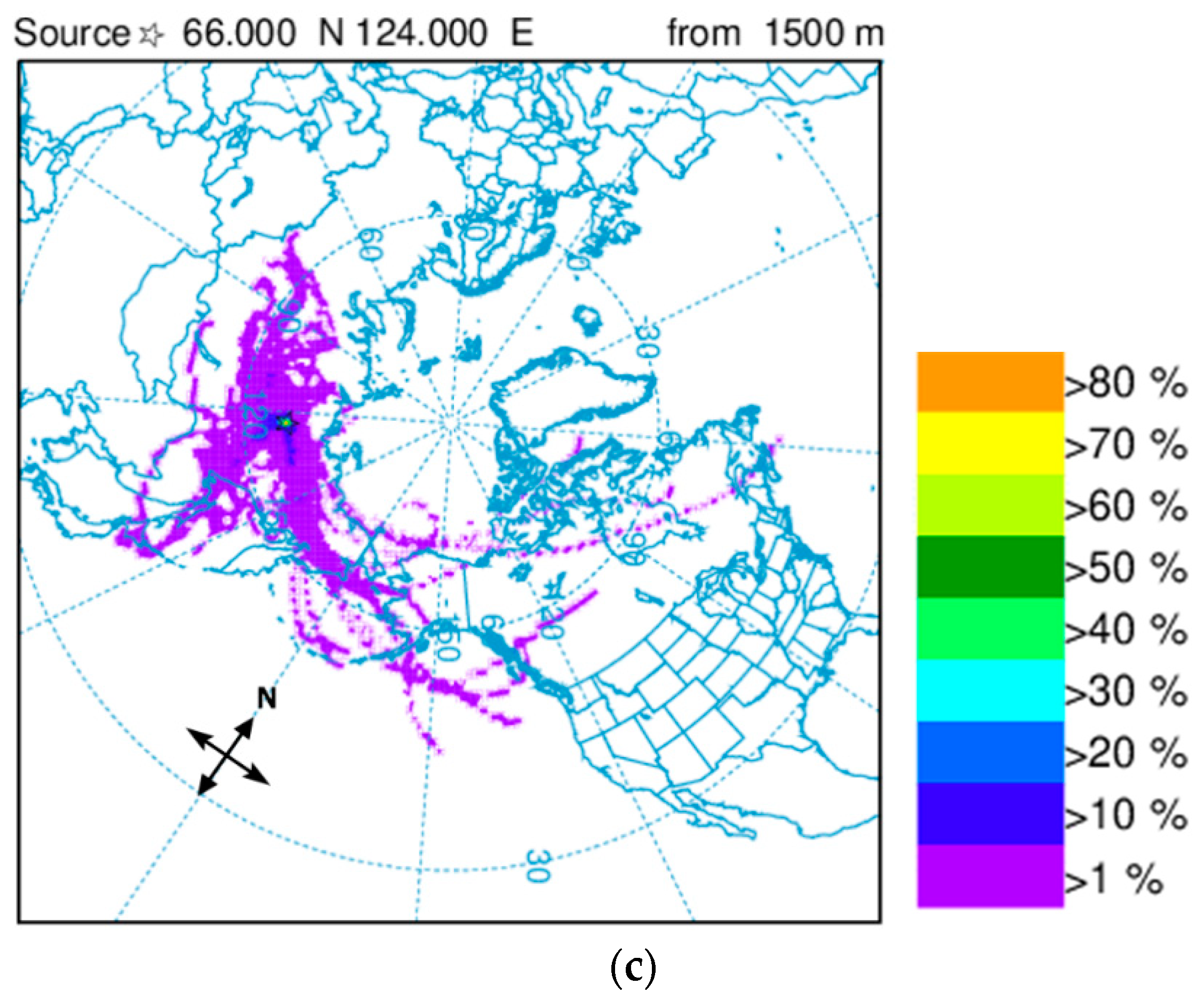
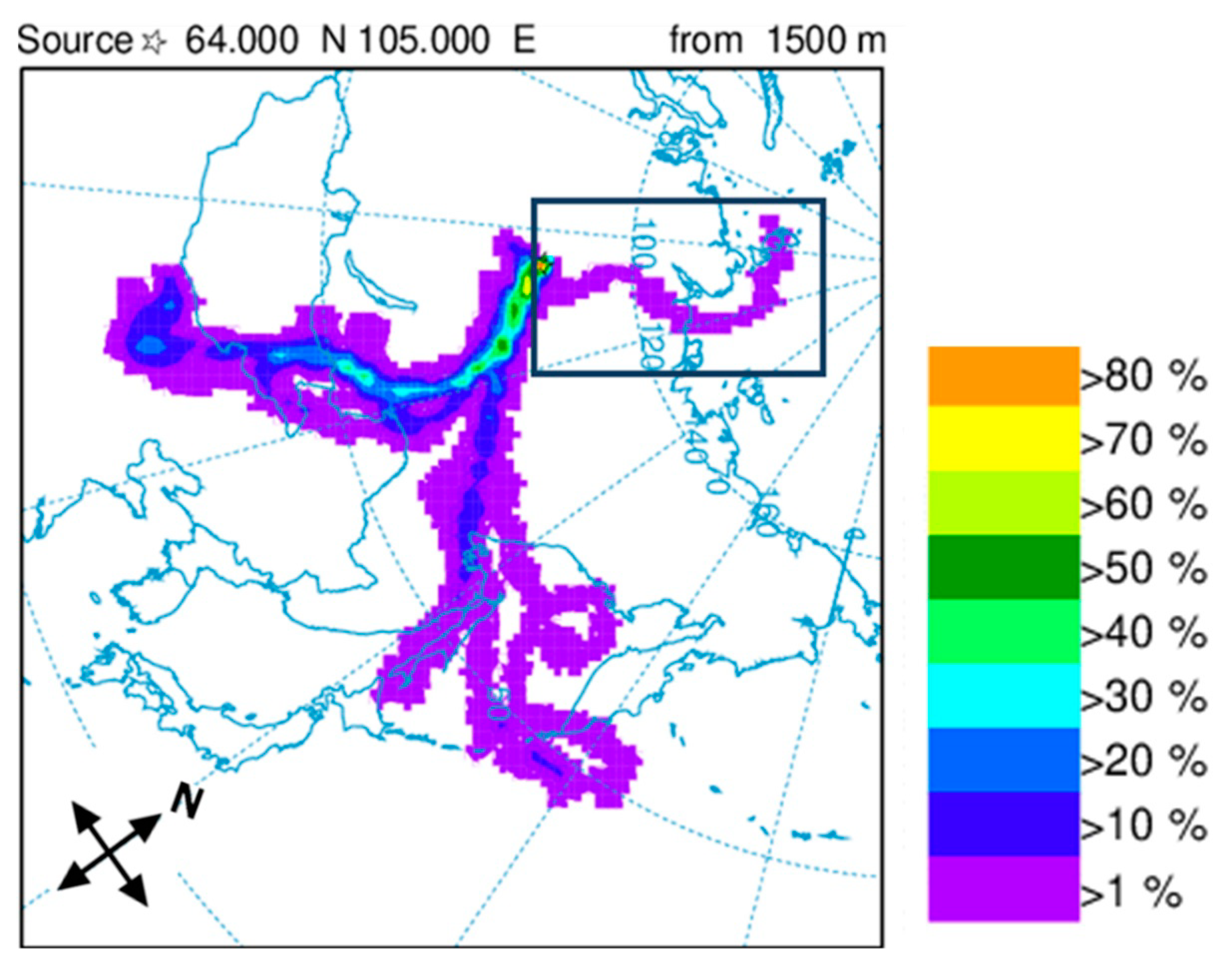
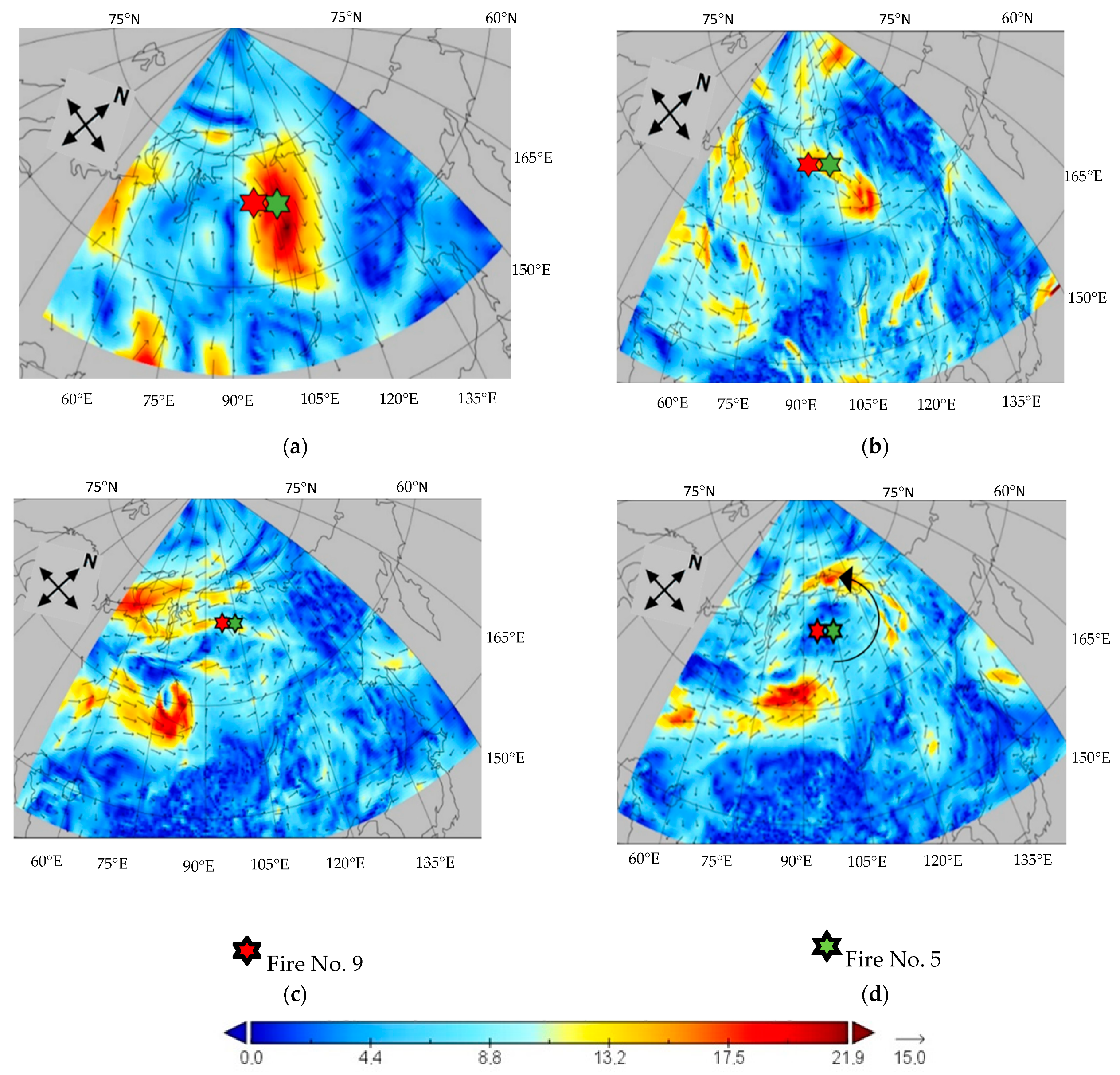
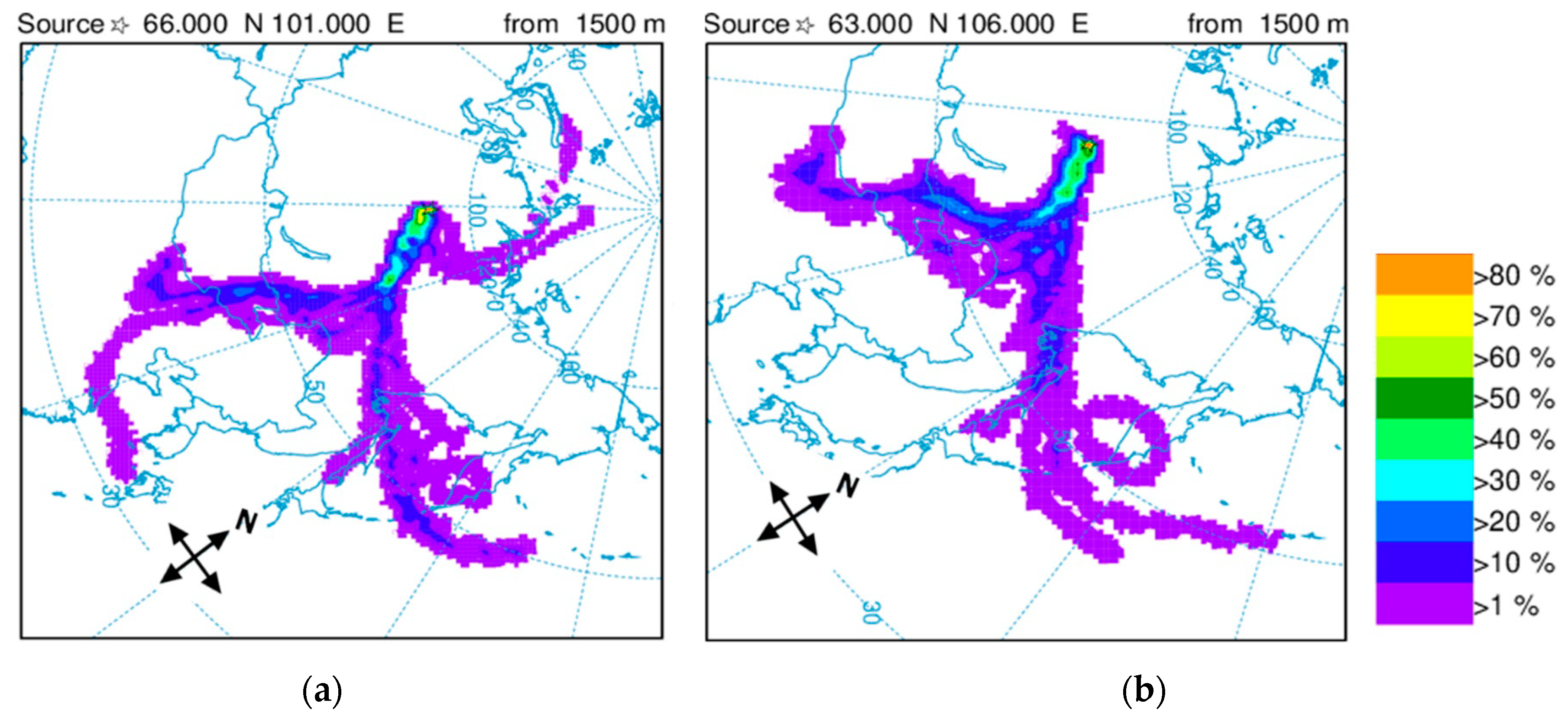
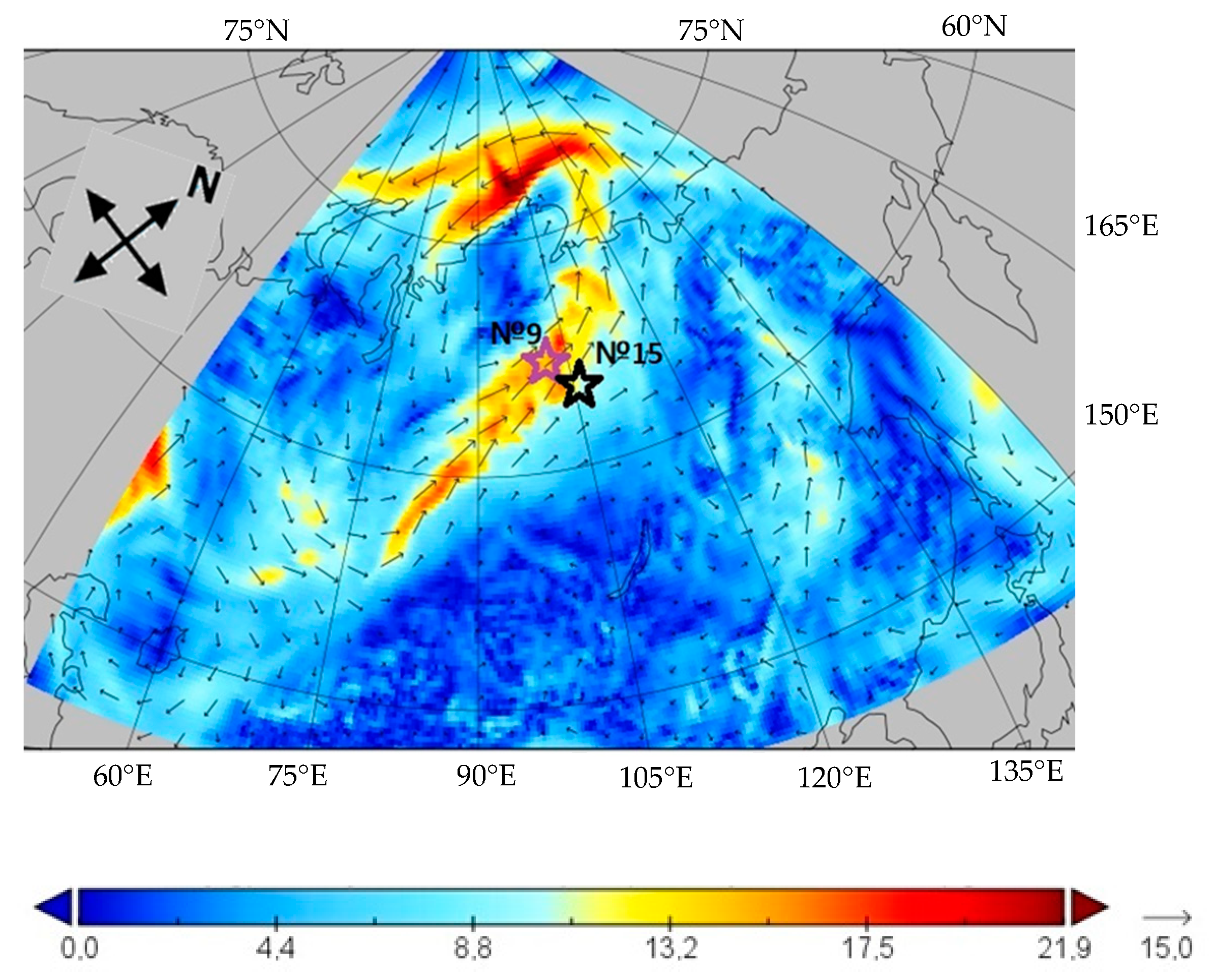
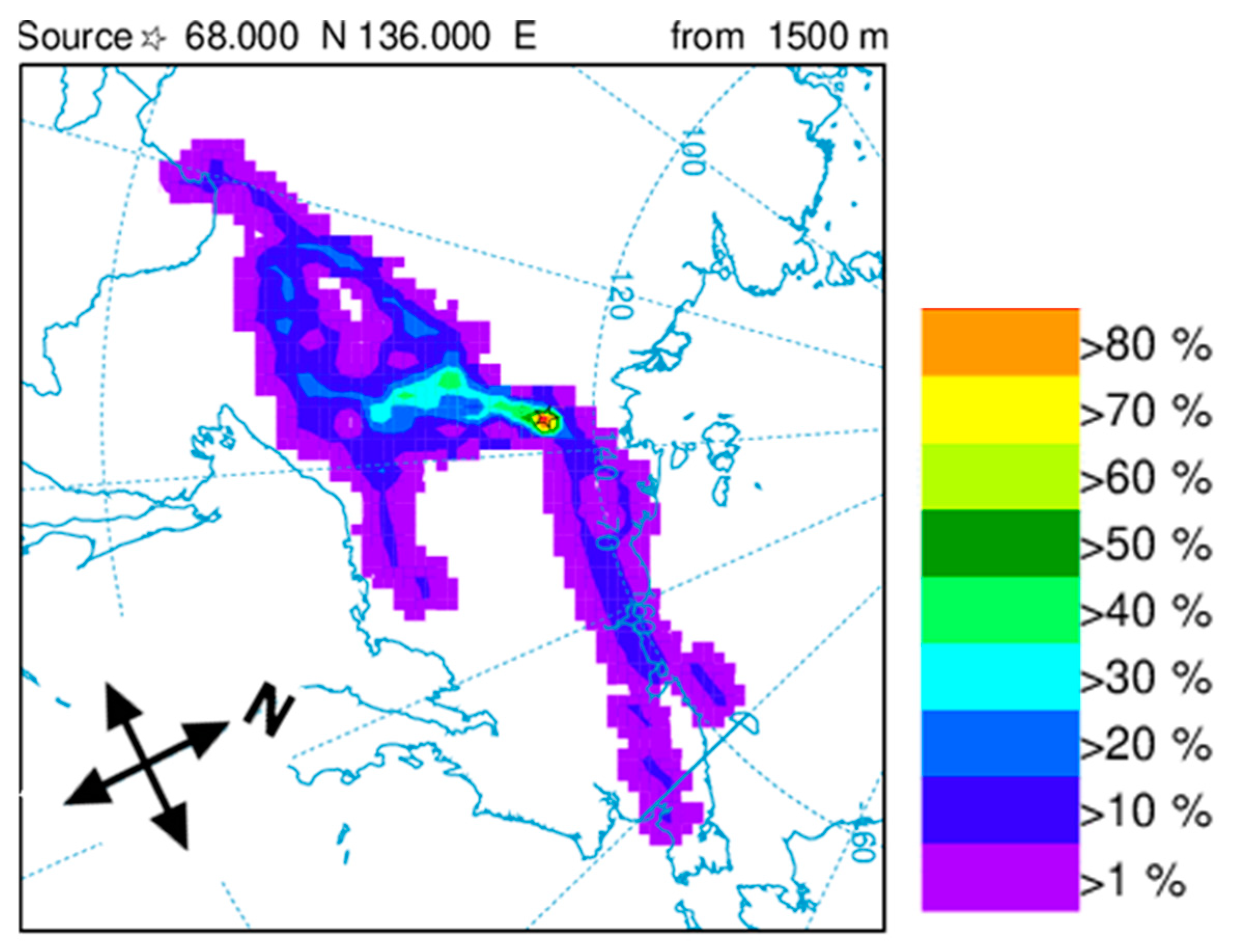
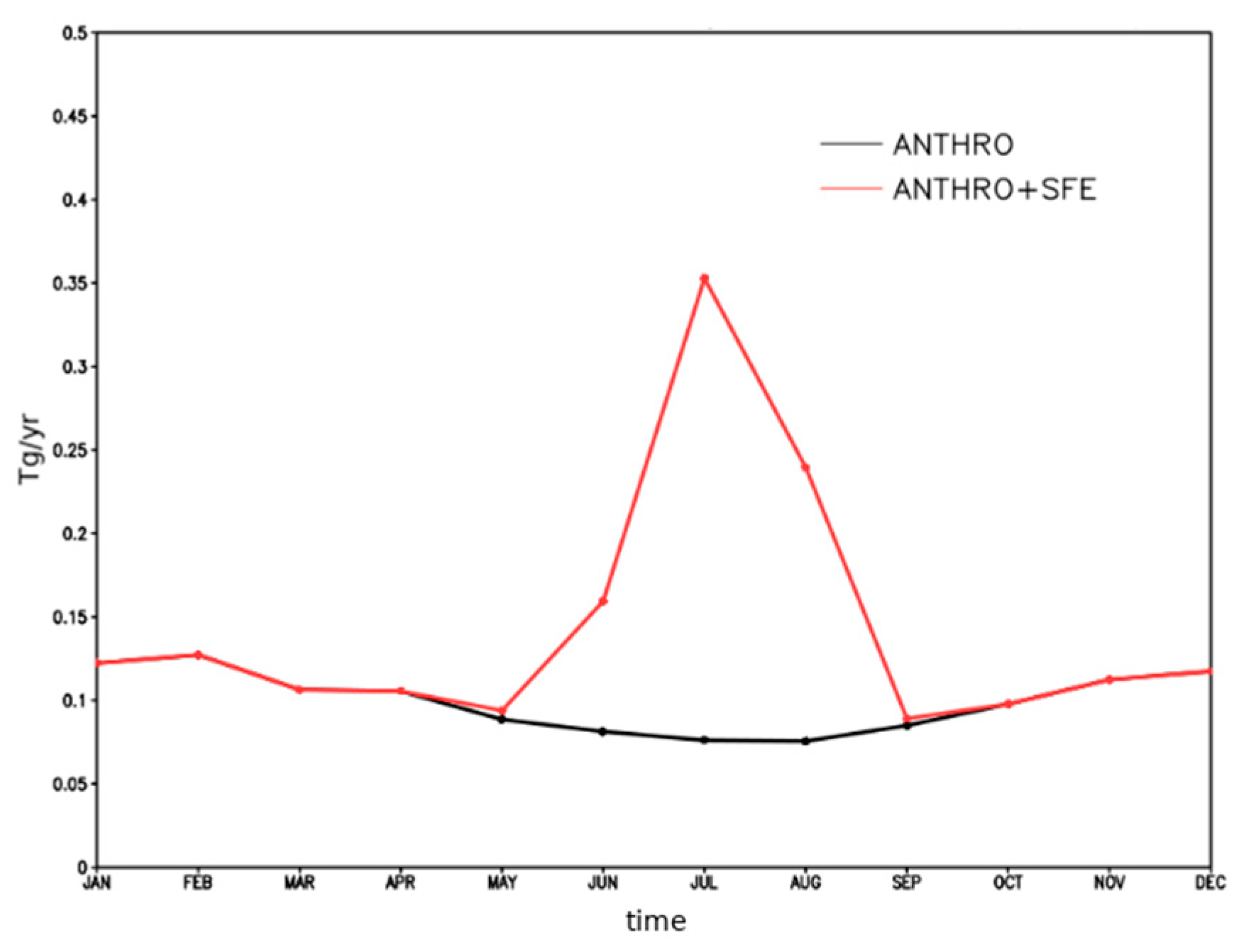
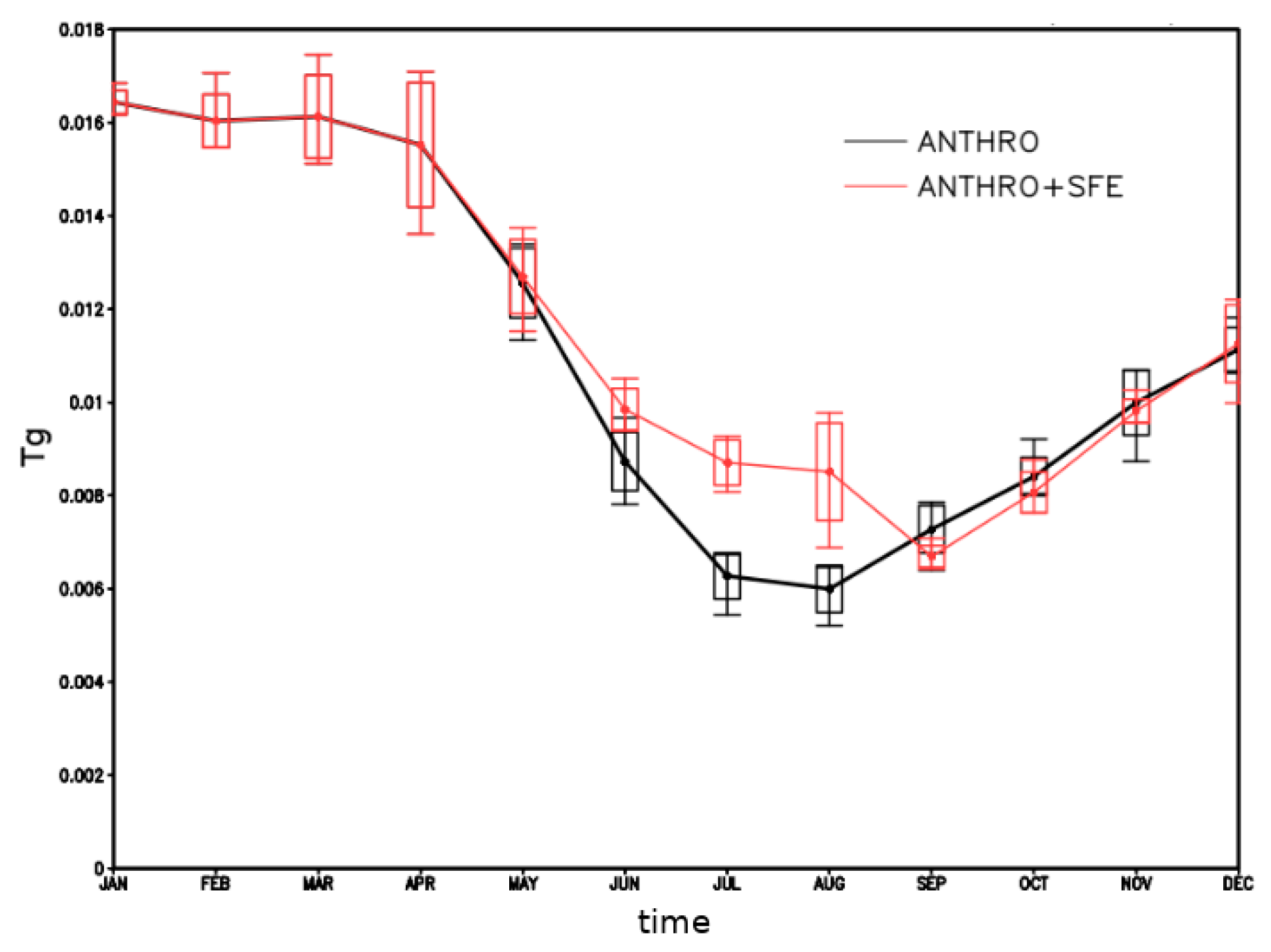
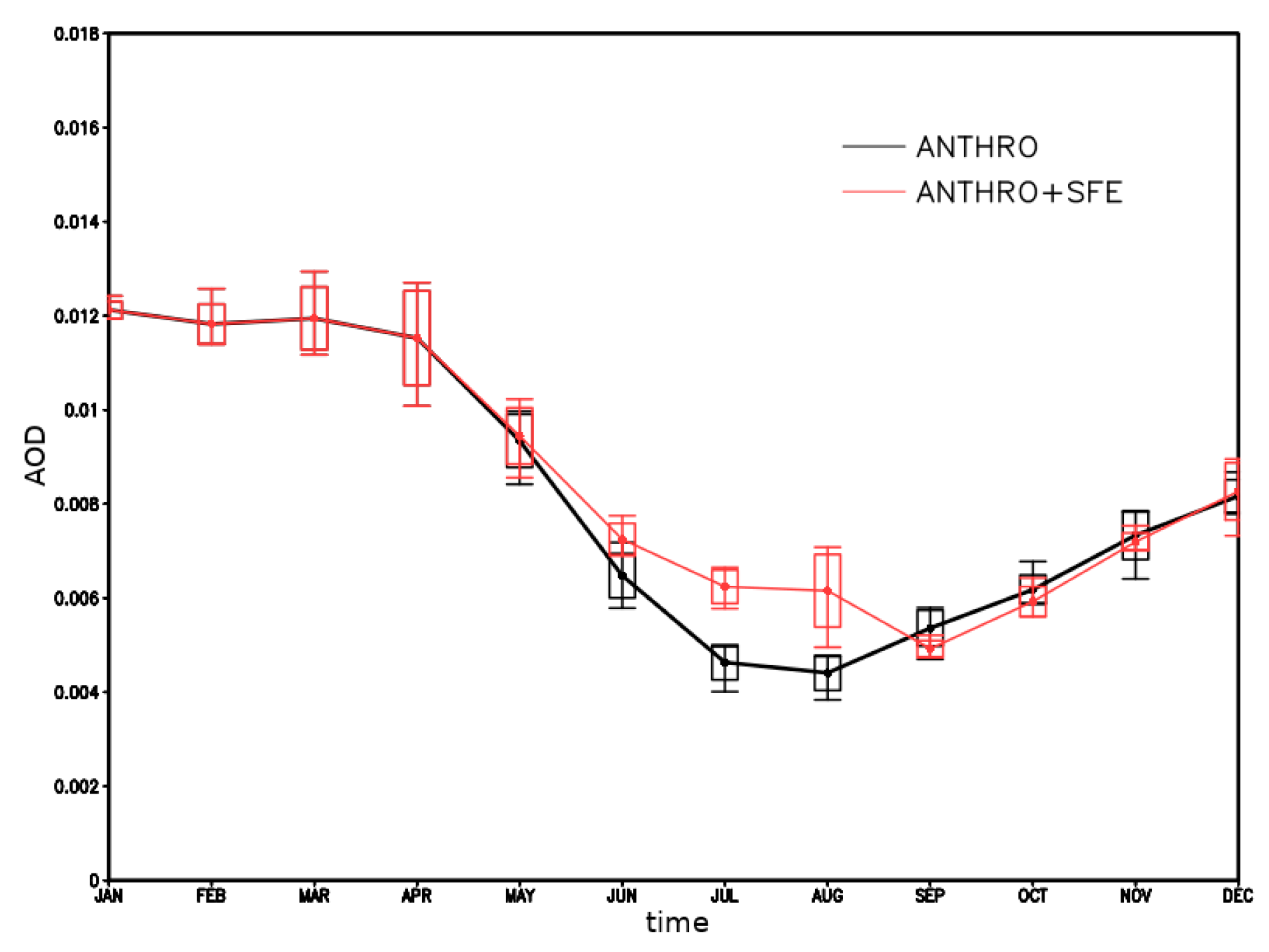

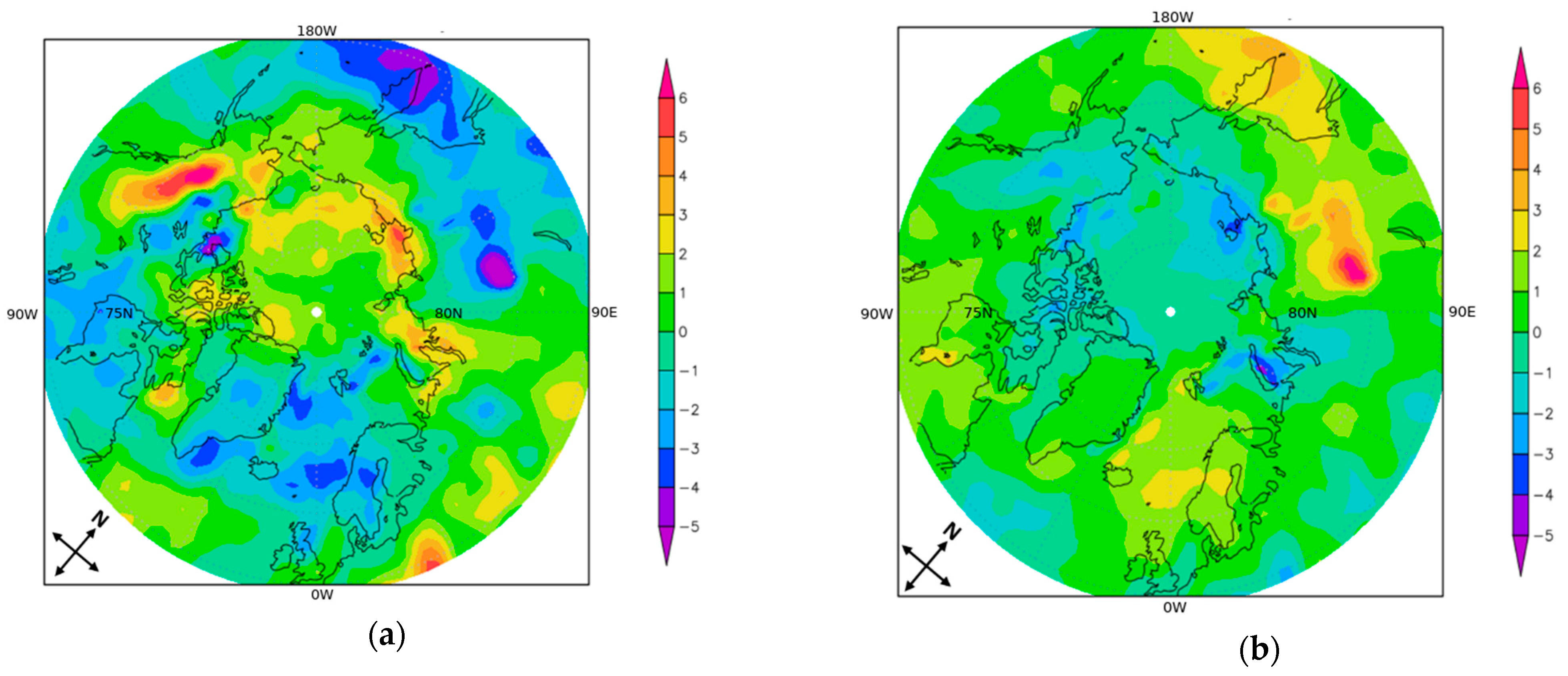
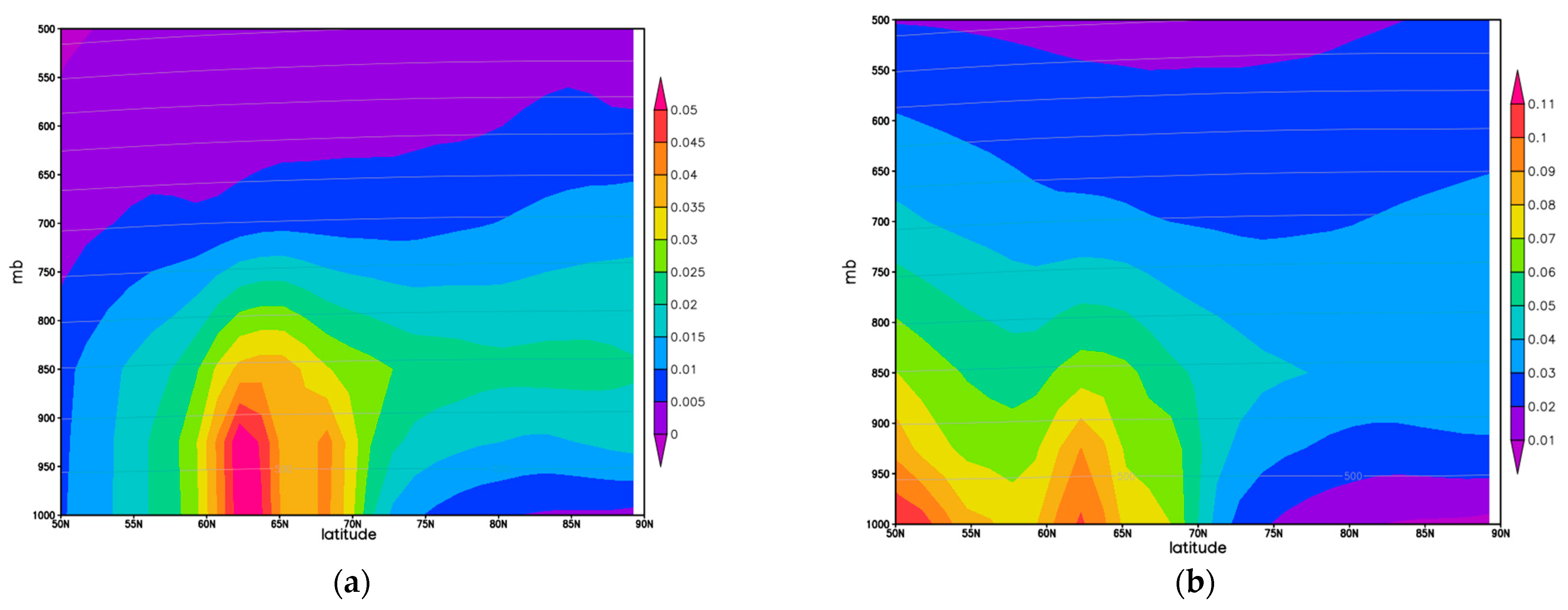
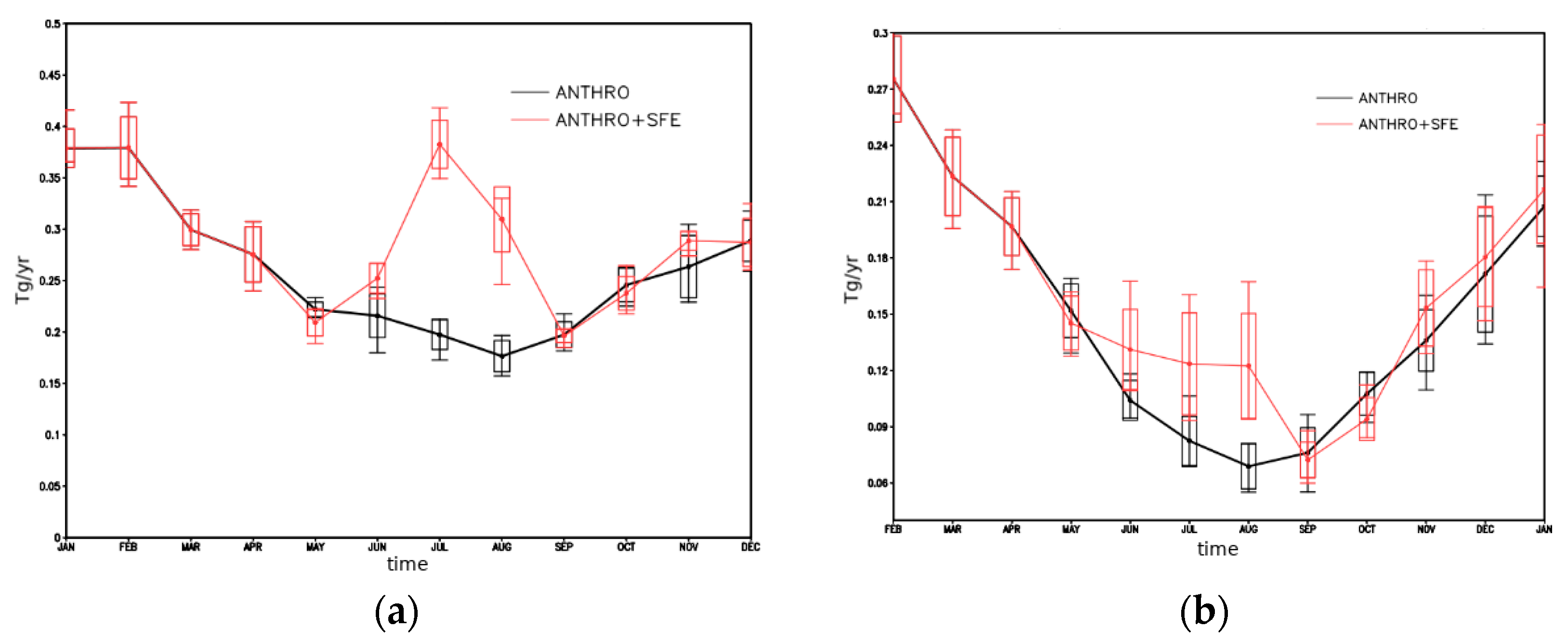
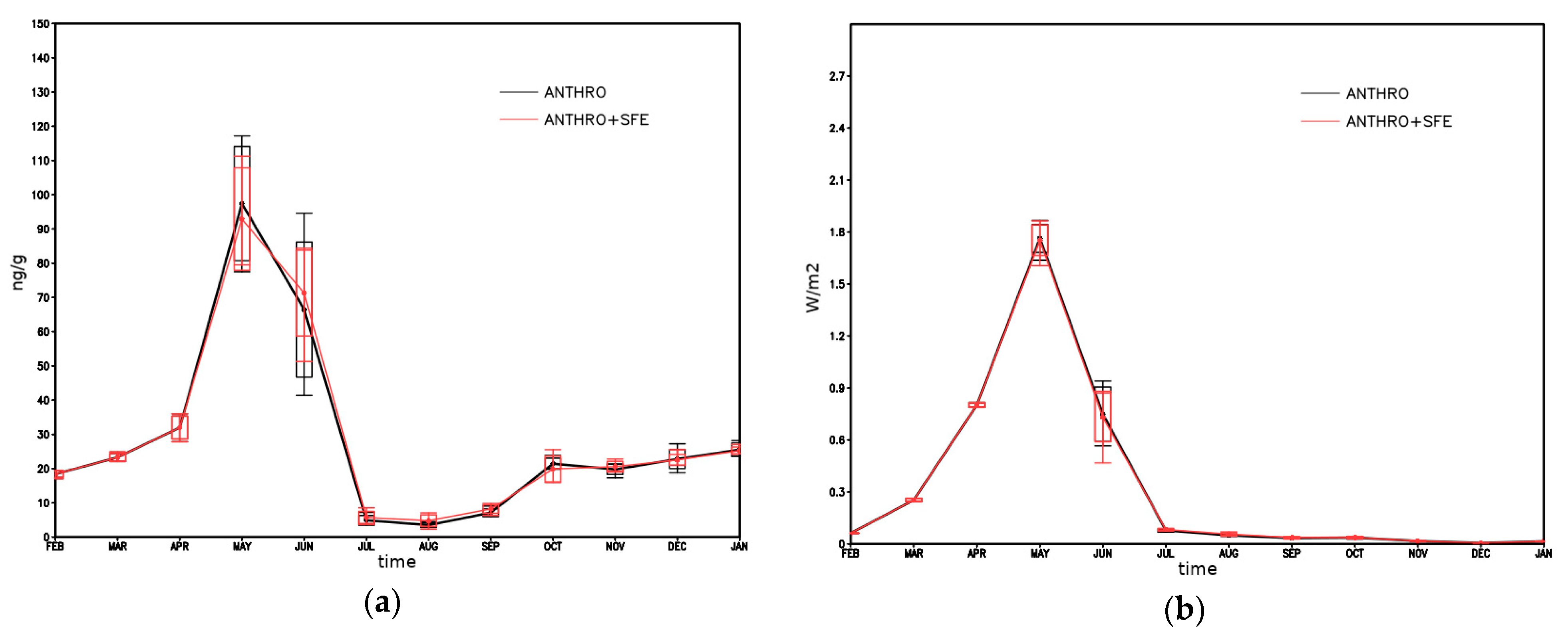

| Emission Source | Arctic (60–90 N.H) | Global |
|---|---|---|
| Average total | 0.16 | 8.26 |
| Average anthropogenic | 0.1 | 6.41 |
| Siberian fires 2019 | 0.04 | 0.05 |
| No. | Coordinates | Date When the Fire Begun | Duration, days |
|---|---|---|---|
| 1 | 61°05′06″ N. 99°07′52″ E. | 2.07 | 40 |
| 2 | 66°27′50″ N. 124°27′54″ E. | 12.07 | 37 |
| 3 | 60°50′42″ N. 99°49′01″ E. | 12.07 | 30 |
| 4 | 65°51′58″ N. 123°33′07″ E. | 11.07 | 38 |
| 5 | 64°01′01″ N. 105°00′00″ E. | 3.07 | 2 |
| 6 | 64°31′37″ N. 113°30′25″ E. | 10.07 | 40 |
| 7 | 61°37′23″ N. 98°17′06″ E. | 2.07 | 40 |
| 8 | 61°54′25″ N. 119°18′40″ E. | 17.07 | 14 |
| 9 | 65°36′50″ N. 100°37′48″ E. | 3.07 | 2 |
| 10 | 67°20′42″ N. 137°13′41″ E. | 25.06 | 6 |
| 11 | 63°49′44″ N. 131°11′17″ E. | 22.07 | 18 |
| 12 | 69°11′20″ N. 134°23′28″ E. | 8.06 | 20 |
| 13 | 62°39′32″ N. 121°13′59″ E. | 15.07 | 16 |
| 14 | 67°09′32″ N. 152°26′10″ E. | 13.06 | 19 |
| 15 | 63°20′35″ N. 106°04′59″ E. | 3.07 | 2 |
| 16 | 68°16′34″ N. 136°47′38″ E. | 28.06 | 1 |
Publisher’s Note: MDPI stays neutral with regard to jurisdictional claims in published maps and institutional affiliations. |
© 2021 by the authors. Licensee MDPI, Basel, Switzerland. This article is an open access article distributed under the terms and conditions of the Creative Commons Attribution (CC BY) license (https://creativecommons.org/licenses/by/4.0/).
Share and Cite
Kostrykin, S.; Revokatova, A.; Chernenkov, A.; Ginzburg, V.; Polumieva, P.; Zelenova, M. Black Carbon Emissions from the Siberian Fires 2019: Modelling of the Atmospheric Transport and Possible Impact on the Radiation Balance in the Arctic Region. Atmosphere 2021, 12, 814. https://doi.org/10.3390/atmos12070814
Kostrykin S, Revokatova A, Chernenkov A, Ginzburg V, Polumieva P, Zelenova M. Black Carbon Emissions from the Siberian Fires 2019: Modelling of the Atmospheric Transport and Possible Impact on the Radiation Balance in the Arctic Region. Atmosphere. 2021; 12(7):814. https://doi.org/10.3390/atmos12070814
Chicago/Turabian StyleKostrykin, Sergey, Anastasia Revokatova, Alexey Chernenkov, Veronika Ginzburg, Polina Polumieva, and Maria Zelenova. 2021. "Black Carbon Emissions from the Siberian Fires 2019: Modelling of the Atmospheric Transport and Possible Impact on the Radiation Balance in the Arctic Region" Atmosphere 12, no. 7: 814. https://doi.org/10.3390/atmos12070814
APA StyleKostrykin, S., Revokatova, A., Chernenkov, A., Ginzburg, V., Polumieva, P., & Zelenova, M. (2021). Black Carbon Emissions from the Siberian Fires 2019: Modelling of the Atmospheric Transport and Possible Impact on the Radiation Balance in the Arctic Region. Atmosphere, 12(7), 814. https://doi.org/10.3390/atmos12070814






